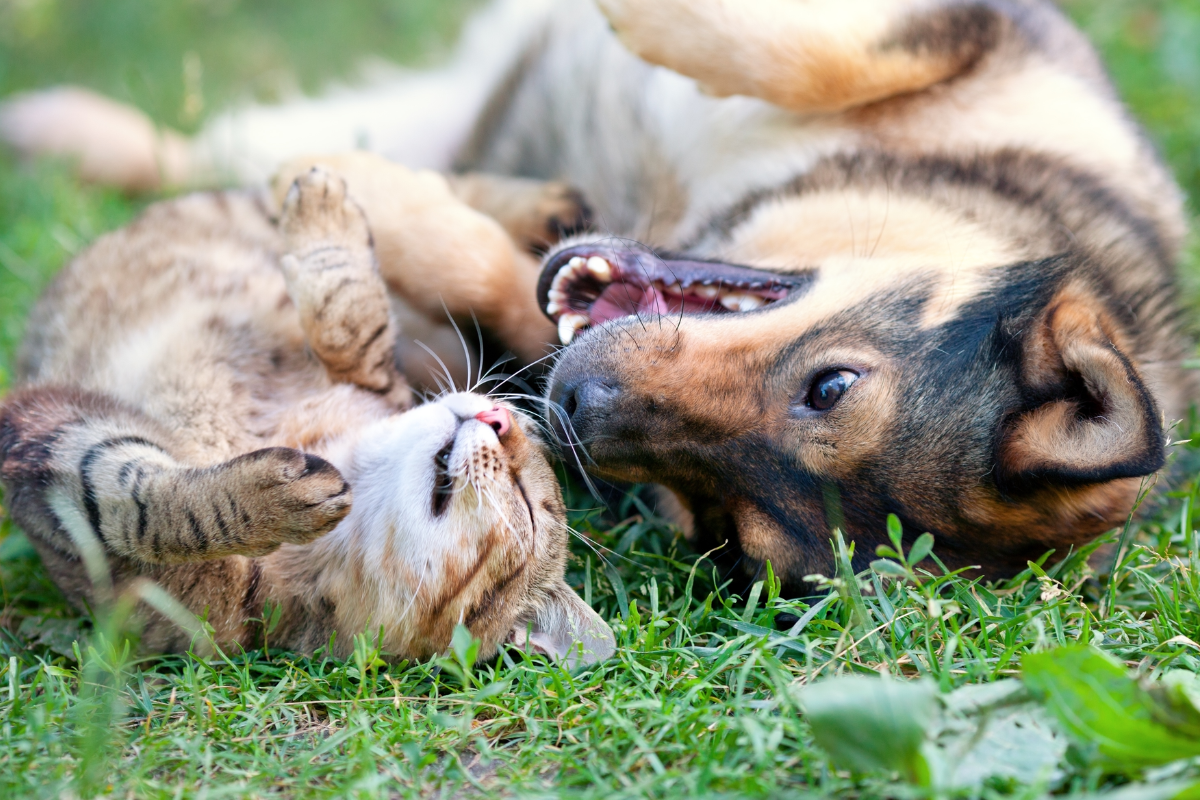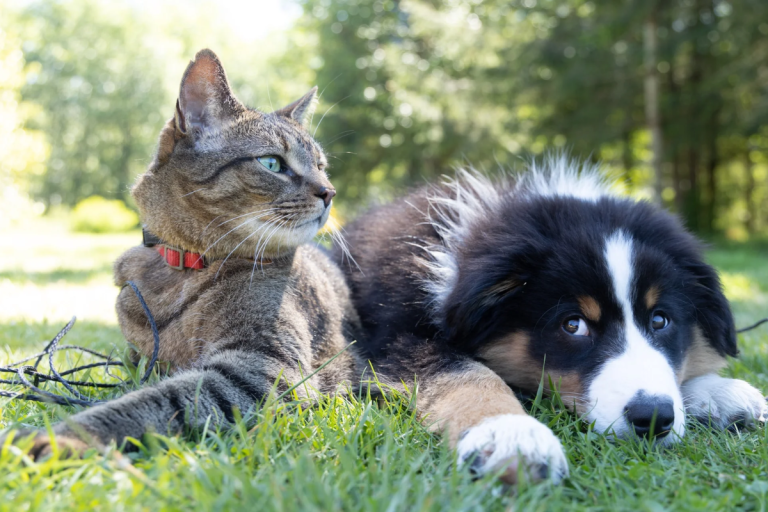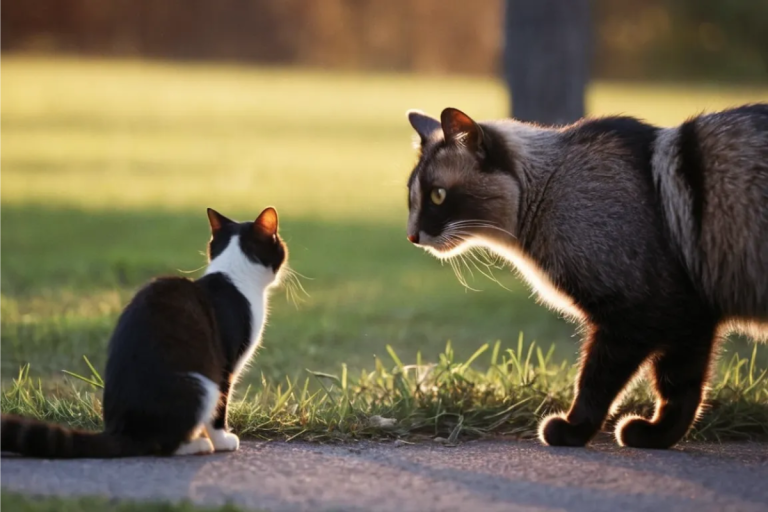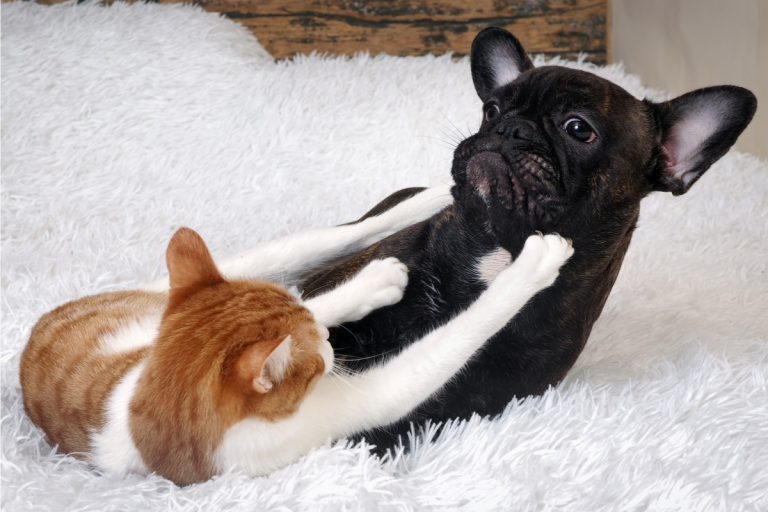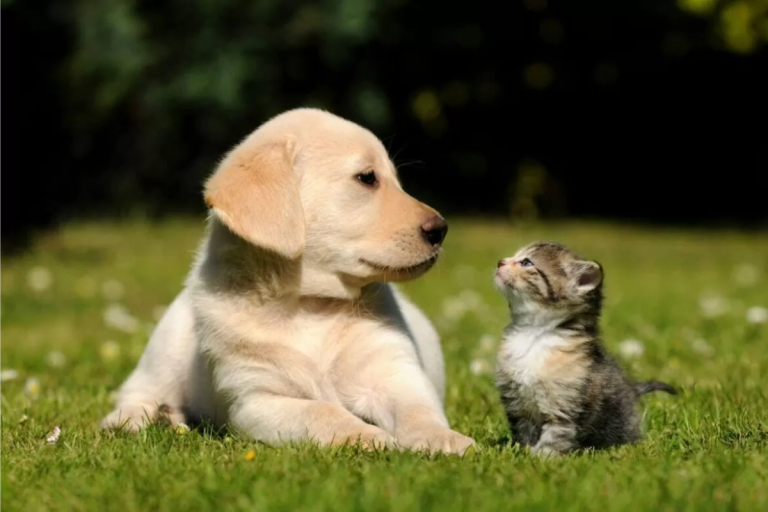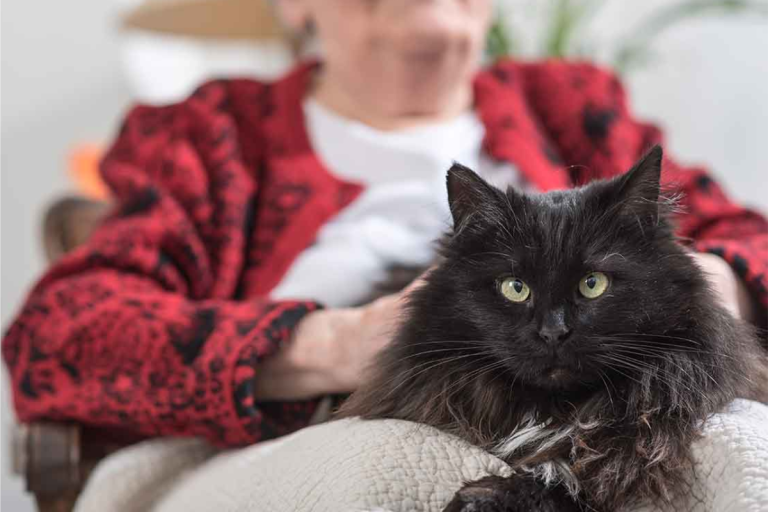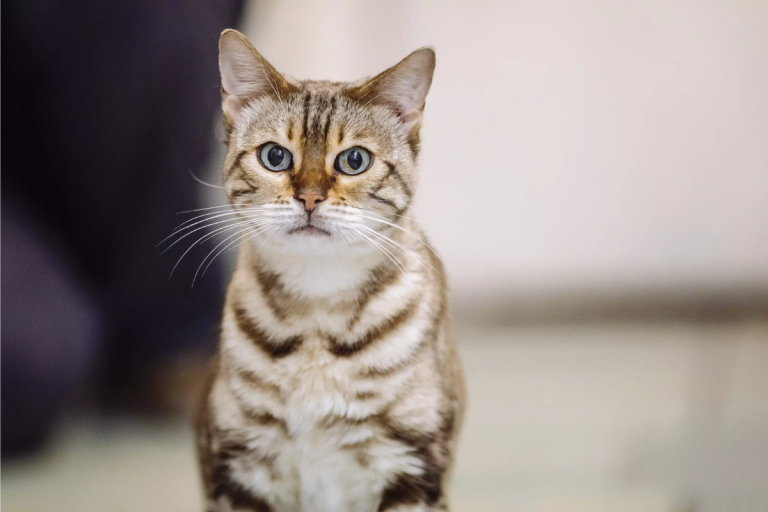Cat vs. Dog Behavior: Why Do They Act So Differently?
When it comes to our furry friends, the age-old debate of cats versus dogs often sparks lively discussions. Both species bring joy and companionship, but their behaviors can be as different as night and day.
Understanding these differences is crucial for pet owners, whether you’re considering adding a new furry family member or simply trying to better connect with your existing one. So, let’s dive into the fascinating world of
Social Structure and Pack Mentality
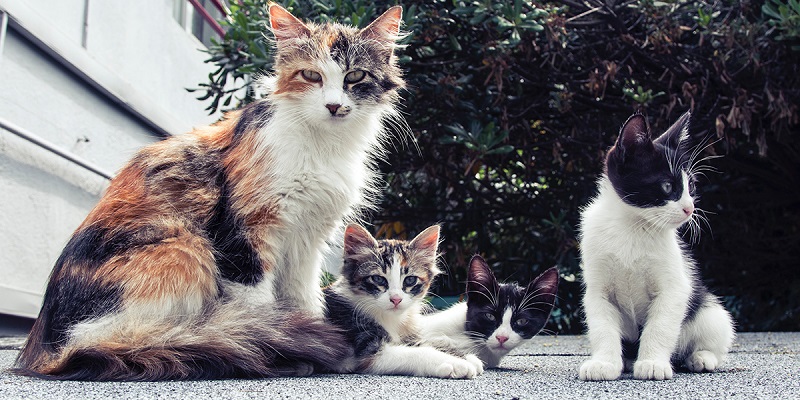
The social behaviors of cats and dogs are rooted in their evolutionary backgrounds. These differences play a significant role in how they interact with humans and each other.
Dogs as Pack Animals
Dogs are social creatures that thrive in packs. This pack mentality influences their behavior significantly. They look to their human families as their pack leaders and often require social interaction and companionship. If you’ve ever noticed your dog following you from room to room, it’s not just because they’re curious—they genuinely want to be part of your “pack.”
Their natural instincts lead them to seek approval and establish a hierarchy, making them eager to please and very trainable.
Cats as Solitary Creatures
On the flip side, cats have evolved as solitary hunters. While they can form social bonds, their independence is a defining characteristic. Cats are more territorial and often prefer to stake out their own space. They may enjoy your company, but it’s on their terms!
If your
Communication Styles
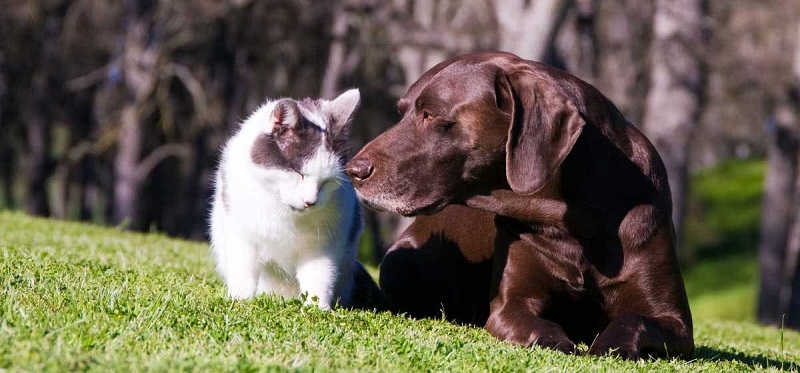
Communication is another area where cats and dogs diverge dramatically. Understanding their unique ways of expressing themselves can enhance your bond with your pet.
Vocalizations
When it comes to vocalizations, dogs are more prone to bark, growl, or whine to communicate. Barking can mean anything from excitement to alerting you to potential danger. In contrast, cats have a range of meows, purrs, and hisses.
Interestingly, most cats will meow specifically to communicate with humans, using their voices to express needs and desires. Ever notice how some cats have a unique “dinner meow”? That’s their way of asking for food, loud and clear!
Body Language
Body language is another vital aspect of communication. Dogs express their feelings through their posture and movements. A wagging tail often indicates happiness, while a lowered body might suggest submission or fear.
Cats, however, communicate in subtler ways. An arched back and puffed-up fur signal they’re feeling threatened, while slow blinks can indicate trust and affection. Pay attention to these cues; they can tell you a lot about your pet’s emotional state!
Play Behavior
Play is crucial for both dogs and cats, but they engage in it very differently.
Dogs: Playful and Energetic
Dogs often display high-energy play that involves running, fetching, and wrestling. They thrive on physical activity and social interaction, often seeking out their human companions for games. Playing fetch isn’t just about retrieving a ball; it’s an opportunity for bonding and exercise.
If you’ve ever seen your dog joyfully bounding after a frisbee, you know just how much they love these interactions!
Cats: More Subtle Play
Cats, while playful, tend to exhibit their playful instincts differently. Their play often mimics hunting behavior—think stalking, pouncing, and batting at toys. Unlike dogs, cats may prefer to play solo or engage in short bursts of activity.
They might spend hours chasing a laser pointer or pouncing on a feather toy, but once they’re done, they’ll retreat to a cozy spot for a long nap. Their playful nature is rooted in their instincts, and understanding this can help you provide the right toys and stimulation.
Affection and Bonding
When it comes to affection, both cats and dogs show love, but in their own unique ways.
Dogs: Loyal Companions
Dogs are known for their loyalty and overt displays of affection. Whether it’s a wagging tail, excited barks, or cuddling up next to you, dogs love to express their feelings openly. They thrive on companionship and often form strong bonds with their owners. If you’ve ever felt a wave of warmth wash over you as your dog greets you at the door with pure joy, you know how special that bond can be.
Cats: Affectionate Yet Reserved
Cats, while they can be affectionate, often display their love in more reserved ways. A gentle head bump, a soft purr, or even curling up next to you signifies their comfort and affection. They may not always be as overt as dogs, but their subtle gestures can be just as meaningful. It’s essential to respect their space and let them approach you when they’re ready. When a
FAQs
Can a
Yes, with proper introductions and patience, many cats and dogs can coexist peacefully and even become friends.
Why does my
Cats are naturally more independent and may not feel the need to follow you constantly like dogs do.
Do dogs need more attention than cats?
Generally, dogs require more social interaction and attention than cats, who are more self-sufficient.
How can I help my dog and
Gradual introductions, supervised interactions, and creating separate spaces for each pet can help ease the transition.
What should I consider when choosing between a
Consider your lifestyle, living situation, and how much time you can dedicate to training and socializing your pet.
Conclusion
In the grand debate of
Understanding these differences can lead to a more fulfilling relationship with your pet, no matter which side of the fence you’re on. Remember, whether you’re a dog person, a
